The Article
Atlas Element Integra & Hyper Integra cables: Arm in Arm we go
2nd February 2017
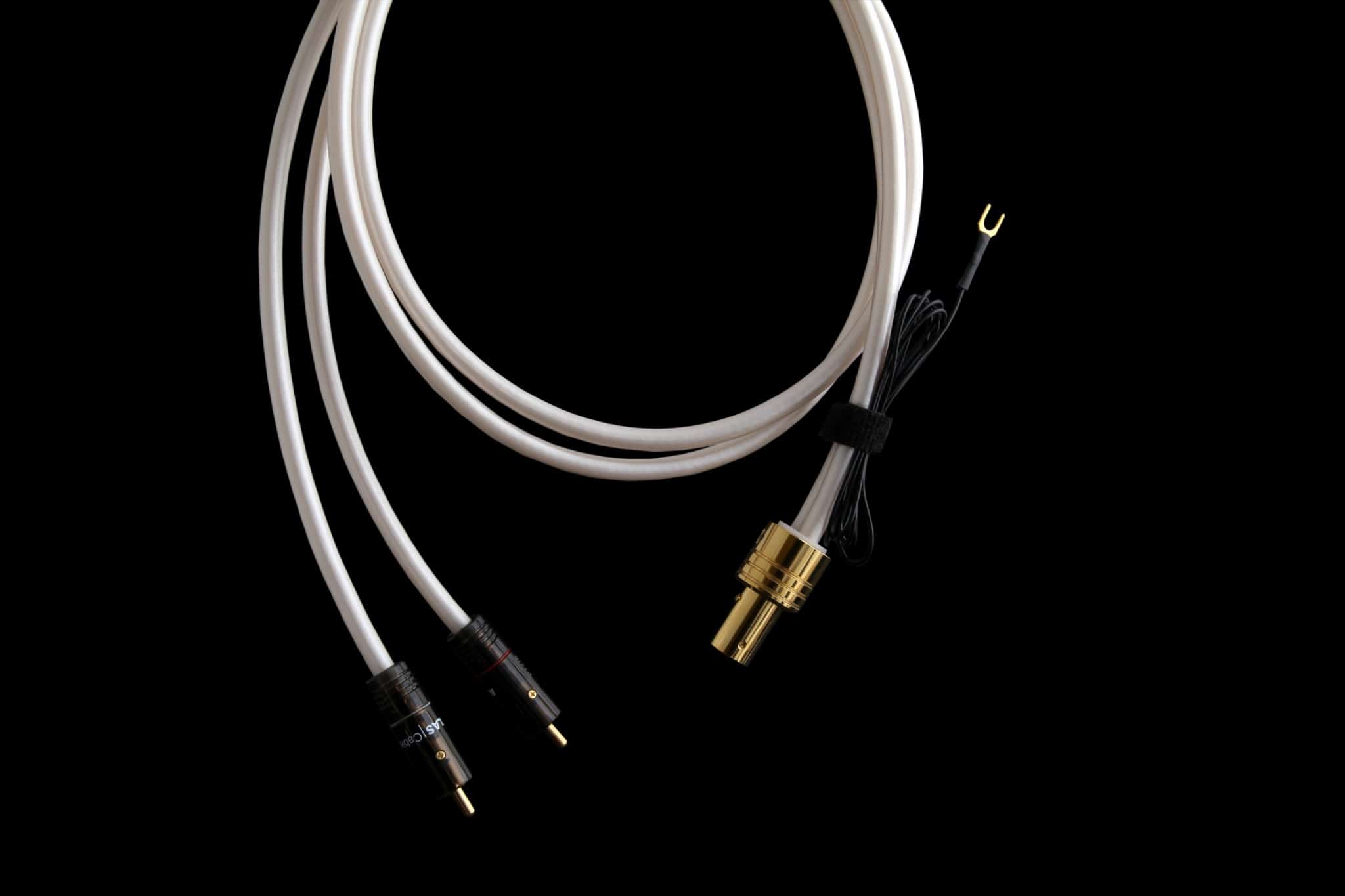
Looking to upgrade your tonearm cable? Paul Rigby reviews two: the budget model Atlas Element Integra and the more midrange positioned Hyper Integra
Ideal for those looking to upgrade the cables on their tonearm, Atlas has released two examples of different, yet fairly manageable, price points.
The Element Tonearm cable is fitted with Integra non-magnetic RCA plugs and integrated earth tag. It features a solder-free, cold-weld connection, with fully shielded high quality OFC copper
The 5 pin tonearm plug is precision-turned and hard gold-plated with PTFE (Teflon) insulation. Cable entry is from either the side (right angle entry) or from the base (straight entry). Before you buy, do yourself a favour and stipulate which plug type you want.
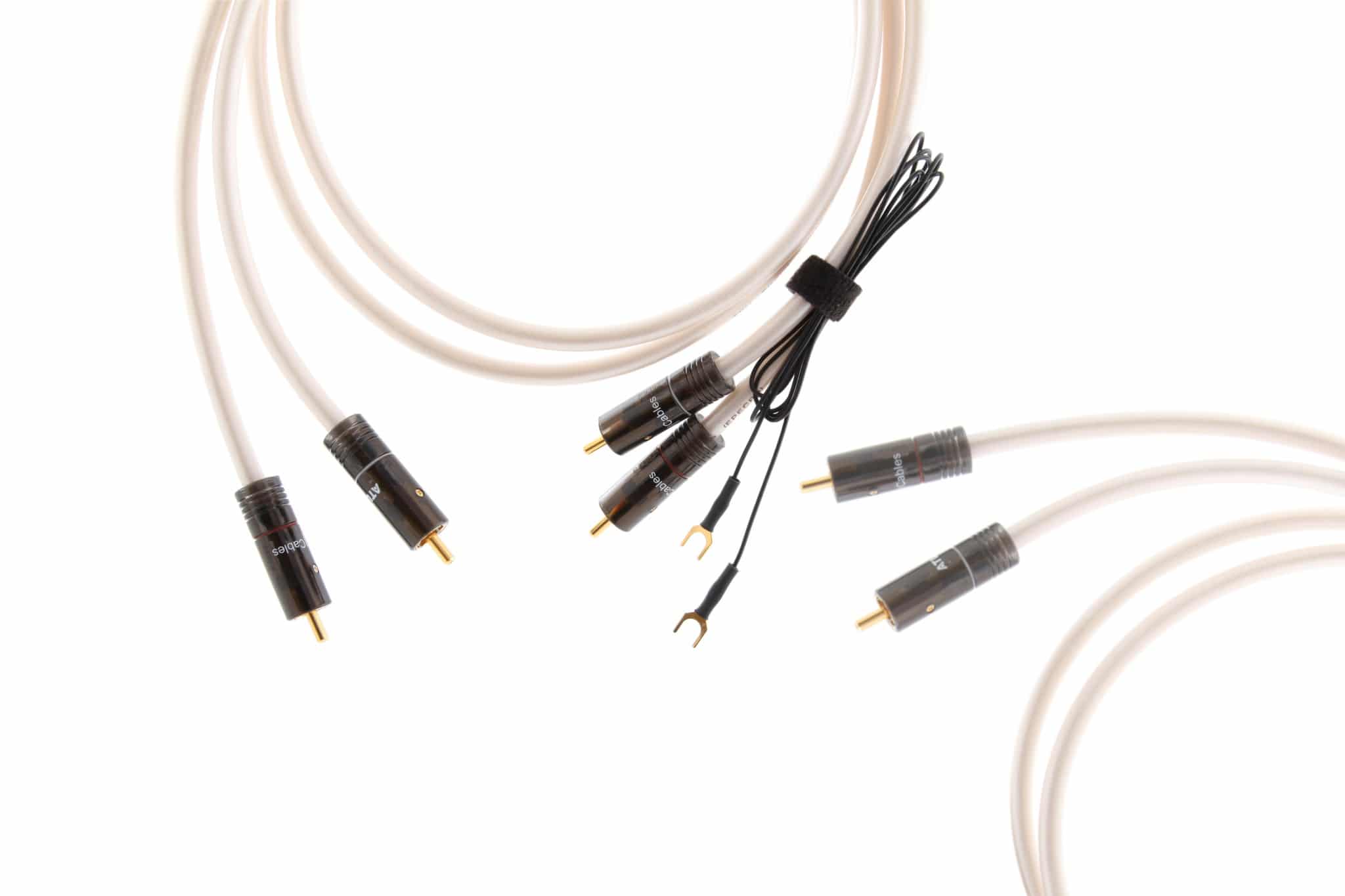
The more expensive Hyper cable model uses an OCC (Ohno Continous Casting) high purity copper conductor with foamed Polyethylene dielectric, plus a self-cleaning (just remove and insert it to clean the contact areas) Integra RCA plug and integrated spade tag earth terminal. The low-mass Integra connector features a solder-free, cold-weld connection.
You get the same tonearm options, so you need to state what type you want
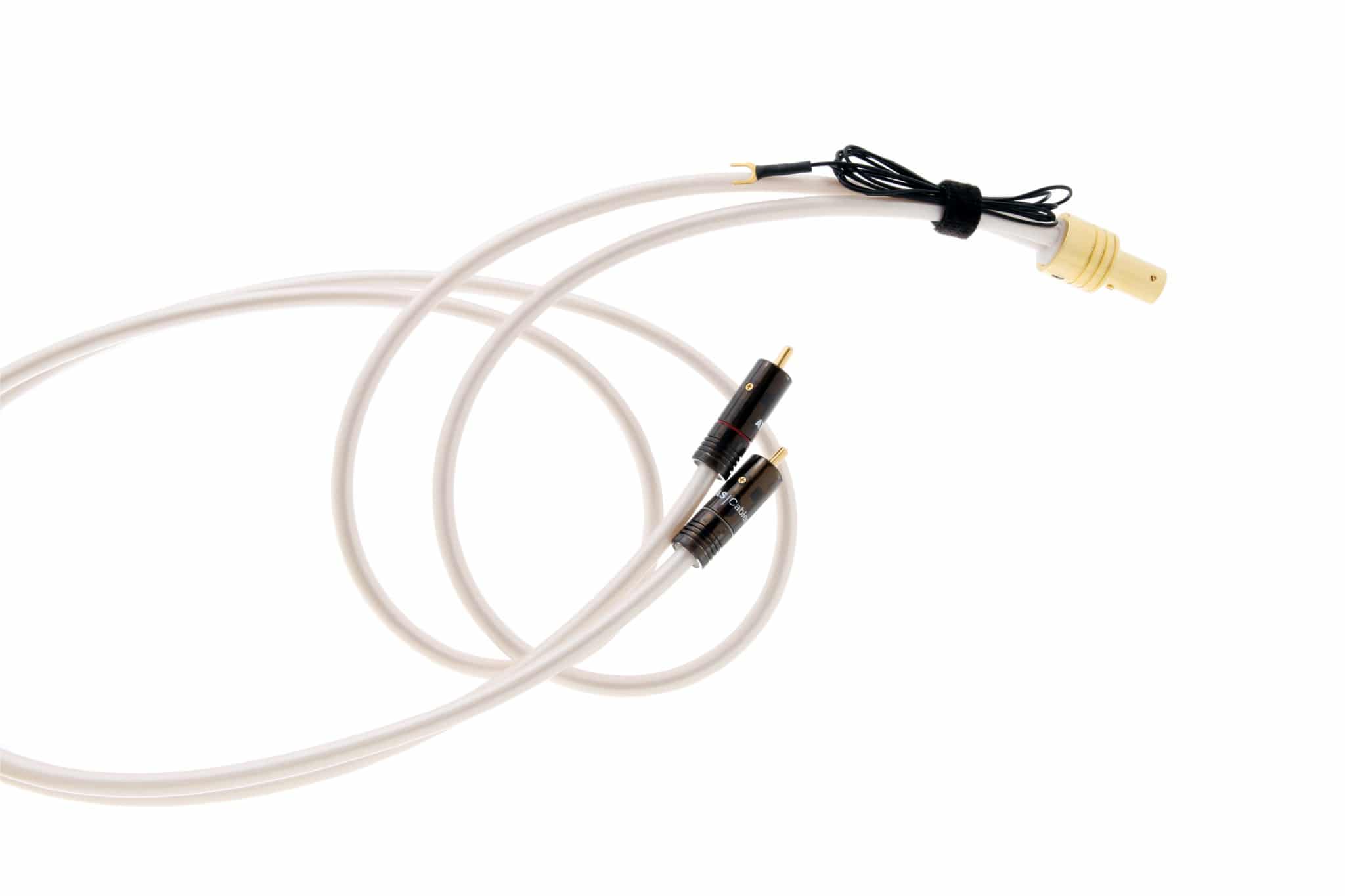
I decided to give both cables as much room to manouevre as possible to show any plus or minus points. Hence, I decided to fit each to my SME IV arm.
IN USE
Be aware of a design quirk when you install these cables. The plug at that turntable end is a pretty tight fit so be sure that it is aligned properly (use the slightly protruding nobbly guide bit which will fit into a cut out on the turntable socket to help you here). Once done, you may need to apply a lot of pressure to force the cable home. For most, though, this will be a one-time operation.
SOUND QUALITY
I began with a slice of Stevie Wonder and his beautifully voiced track Love’s in Need of Love Today, an impassioned plea for us all to get along with each other, for goodness sake…well, there’s no harm in asking. This track is backed by a gospel choir and features low lying instrumental effects that sit along the base of the soundstage and so require a bit of digging by a decent tonearm cable.
I began with the Element and was immediately impressed by the rich presentation. As soon as the introductory tones from the gospel choir were heard within the early stages of the song, the lush output, especially for the price, raised both eyebrows. The amount of vocal detail on offer here was truly impressive and this was surely helped by a reduction in noise. In fact, the lower noise aspect of this cable is its biggest feature because, from that, all kinds of upper midrange insight and dynamic reach emerges from it. Wonder’s lead vocal, highly impassioned on this track, needs space to emote and that is just what the Element did. Wonder combined a smooth and flowing delivery with textural moments during crescendos that hit you right in the heart, which was surely his intention in the first place.
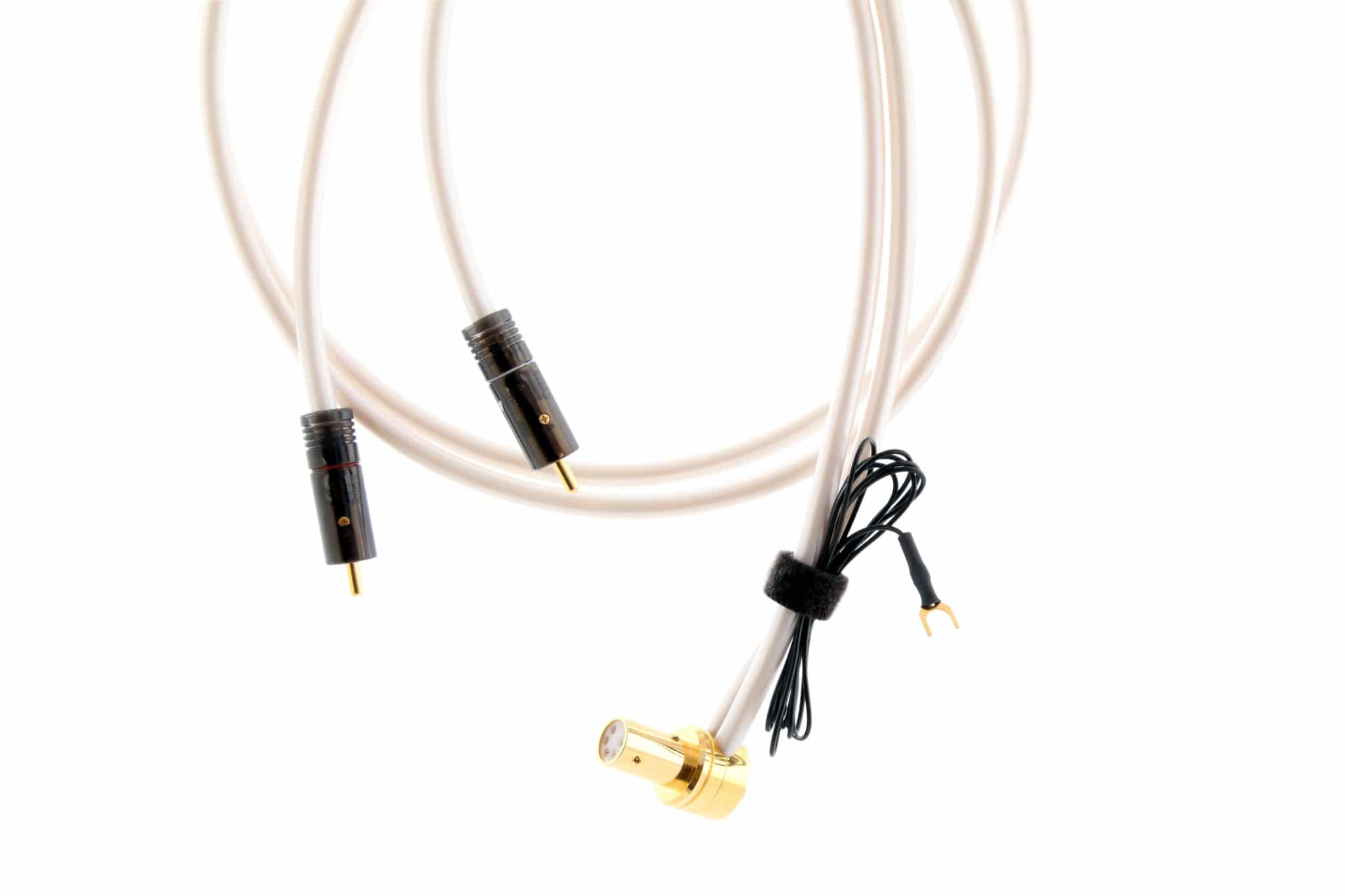
Secondary percussion was easily tracked by the ear, offering a delicacy in the treble area that, for the price, was fragile in its presentation, while bass was firm and solid without blooming, grounding the track. The highlight, in instrumental terms, was the central organ riffs which fairly hummed with reverberating electricity, adding welcome ambience to this rhythmic area of the track.
Playing Hawkwind’s freak out of an album, Space Ritual Sundown V.2, the element did struggle to come to terms with the dynamic frequencies but still did a fine job in coming to grips with wailing guitar riffs and often ear piercing upper frequencies that were, you know, like, outta sight…man. The Element did, because of its low noise approach to the music, manage to pick out those shy parts of the soundstage such as the crashing cymbals (that were often threatened to be lost under the guitar mountain of noise). The weight of the Hawkwind sonic attack was portrayed well with bass power coming through well, along with a mélange of chaotic frequencies that attempted to flay my hi-fi alive, merely because it could.
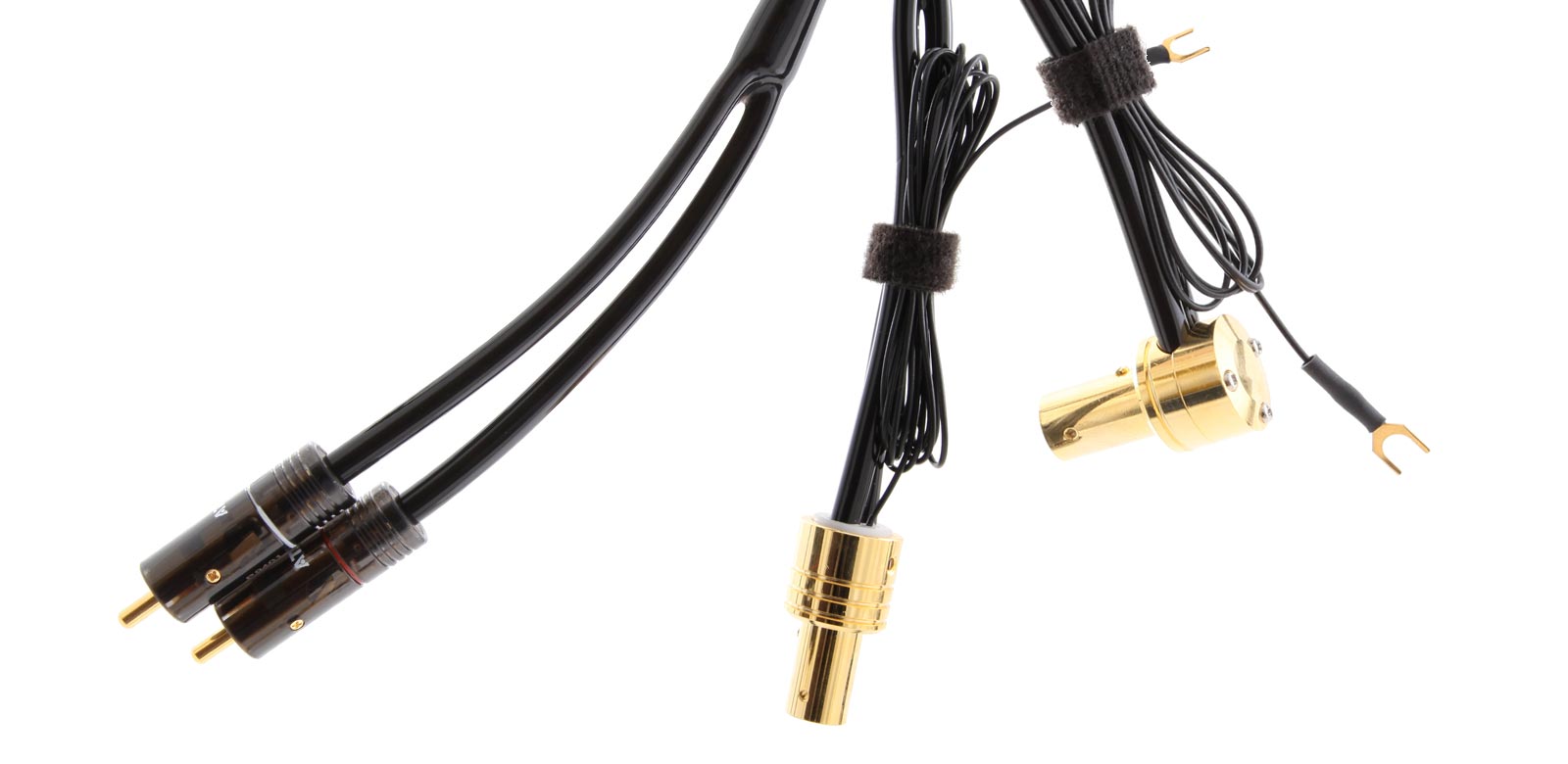
Time to move up the ladder and the more expensive Hyper variant of this tonearm range of cables.
Back to Stevie Wonder and what could I hear? Quality. Sheer quality. Specifically, the main highpoint was the instrumental and vocal separation. The gospel choir introduction was interesting because of just how the Hyper was able to separate each voice from a cloud of noise to a group of individuals. I could, for the first time, hear the bass vocal section from the choir, which was quite a revelation.
In terms of instruments, this same level of separation added a relaxing atmosphere on this song while the space and air infused into the soundstage as a whole allowed more detail to emerge that improved the clarity in all areas. Similarly, the tonal realism of the bass guitar, percussion and organ was now up on a whole new level. The bounce of the bass guitar, the ‘ting’ of the subtle percussion effects and the easy thump of the drums allowed the music to flow with a simplicity that benefitted Wonder himself. The extra space around his lead vocal provided him with time and space to perform, adding to the effect of his emotive delivery.
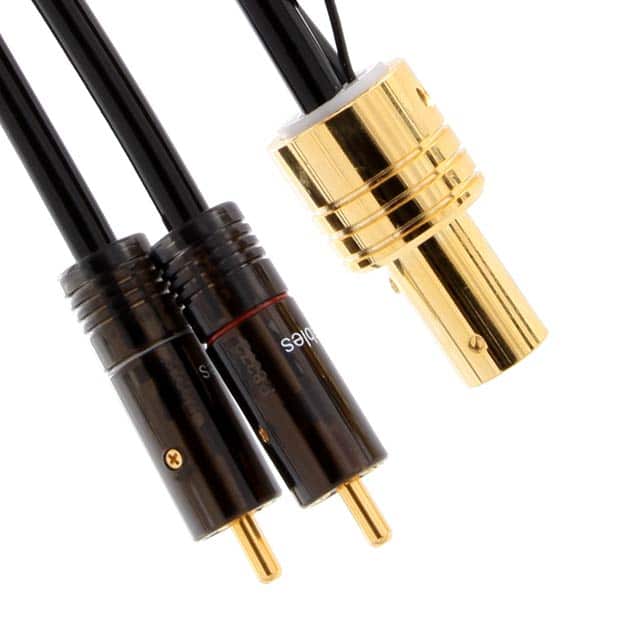
This focus on separation and the infusion of air worked a treat on the Hawkwind track, separating the conglomeration of frequencies into an aurally fascinating sequence of orchestrated sound effects that built in almost symphonic manner away from the first track, Space, and towards the rocking second track, Orgone Accumulator. Once there, the bass was noticeable by settling in and around the secondary percussion cymbal effects, becoming a structurally more sensible part of the mix while guitar, which always threatens to overly dominate, also became part of a great whole and behaved itself properly, the Hyper restraining this part of the soundstage to better reveal other sonic elements such as the bass guitar and those flighty cymbals.
CONCLUSION
Both cables performed very well indeed in their respective price points and gave a good account of themselves. Overall, both showed the benefits of a low noise design that allowed more detail to flow and greater focus to be had on the music rather than the distortive frequencies that can often arrive as an unwanted passenger. In that respect, both cables allowed your attention to settle on the music, which is what hi-fi is all about of course.
Atlas Element Integra tonearm cable
Price: £82.50
Tel: 0800 731 1140
Website: www.atlascables.com
Good: low noise, firm bass, midrange detail, musicality
Bad: tight fitting plug
RATING: 8
Atlas Hyper Integra tonearm cable
Price: £190
Tel: 0800 731 1140
Website: www.atlascables.com
Good: low noise, instrumental separation, tonal realism, broad soundstage
Bad: tight fitting plug
RATING: 8
REFERENCE SYSTEM
Avid Acutus turntable
SME IV arm
Koetsu Black cartridge
Icon Audio MB845 Mk.II monoblock power amplifiers
Quad ESL-57 Speakers (with One Thing panel upgrade)
Tellurium Q Ultra Silver
Additional cables from Vertex AQ and Tellurium Q


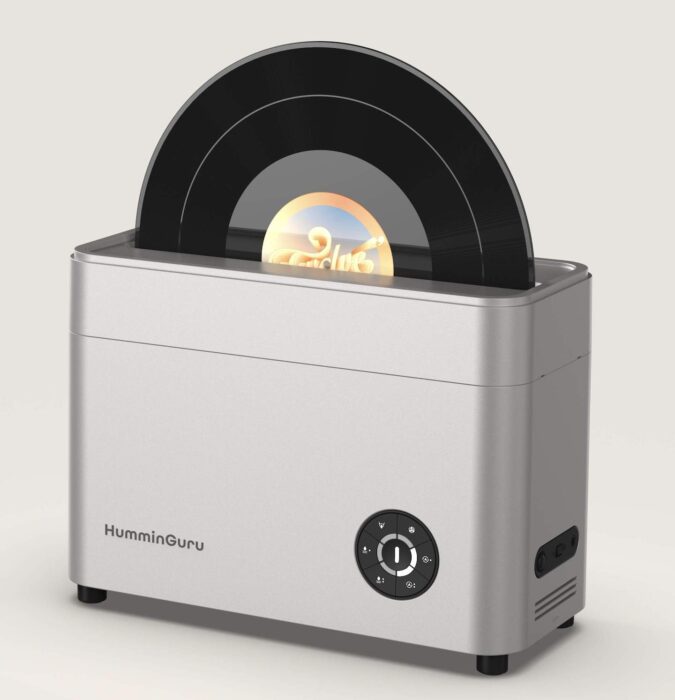
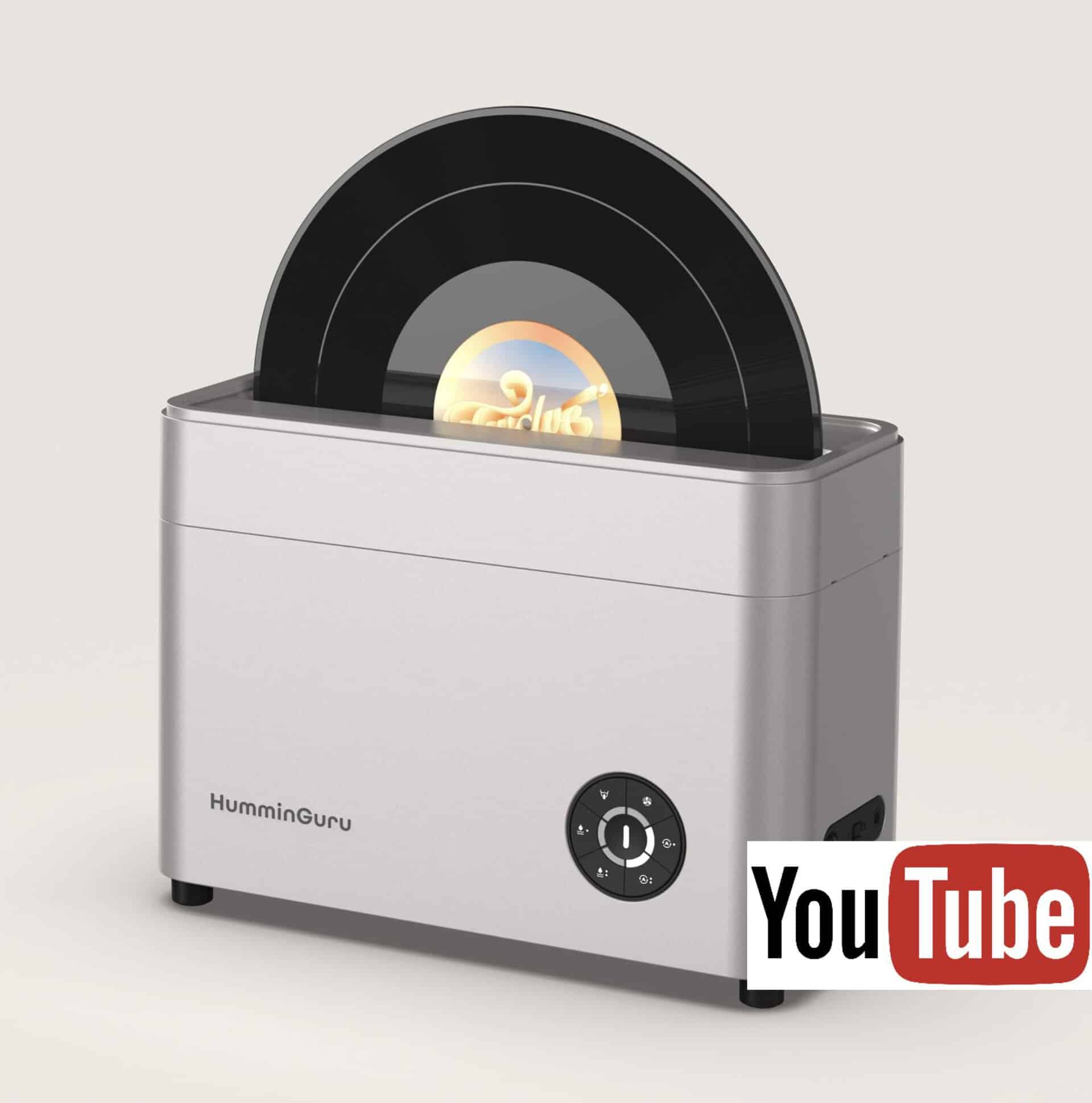
Very reasonable, ??,yes. The point where this upgrade isn’t necessary is??. I’d hope an expensive arm would not need any tweaks.
Hi Paul, interesting article – I have an SMe309 tonearm on an Avid Volvere/ Koetsu Black cartridge deck fed into , via an Ortofon -st80 SUT and Atlas Mavros cables , the Icon Ps1 phono stage and the Icon HP8 headphone amp. Headphones are the Focal Utopia. Given you have similar but upgrade version of my system – how did you feel the Hyper performed against , and what was the different sound signature to, the SME stock cable? – Are there any other alternatives you would recommend given I am to listen to a warm, lush, wide staging and detailed sound?
Hi Karl – depending on your budget, I would take a serious look here: https://www.originlive.com/tonearm-cable-wire.html There’s a few to choose from. They’re all good.
I have one review on my site from that bunch here: https://theaudiophileman.com/linear-flow-2-cable-origin-live/
Thanks Paul. Will look into.